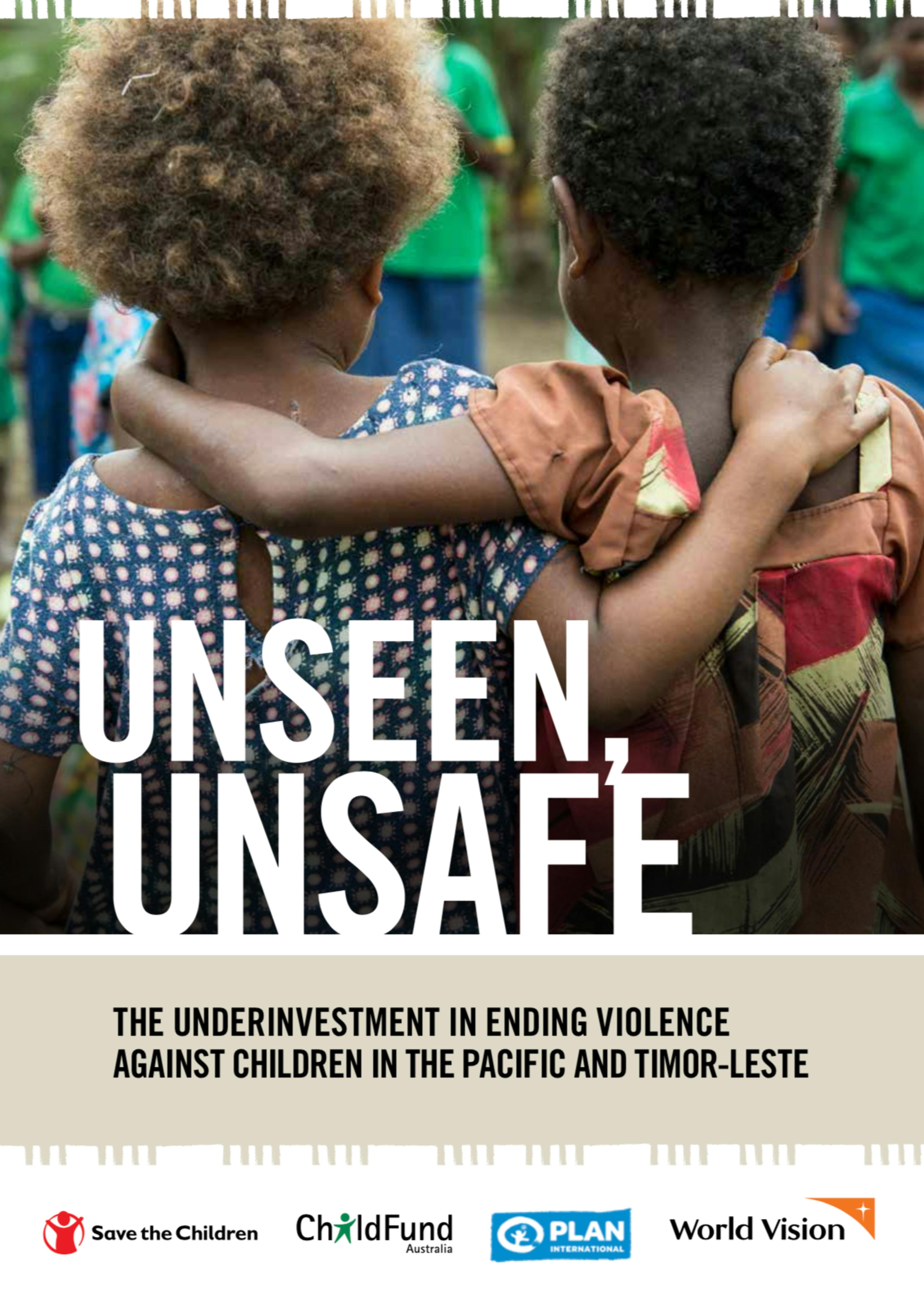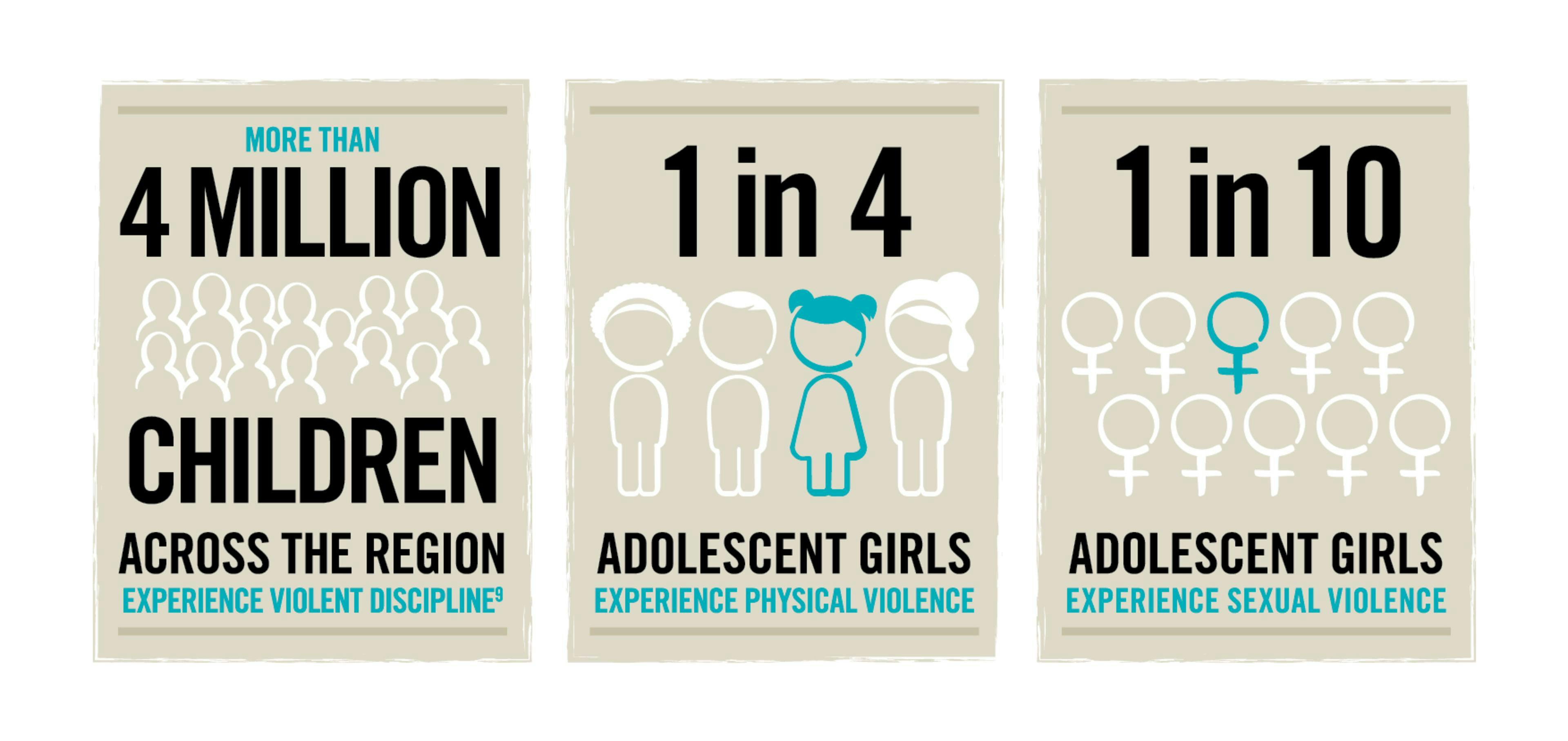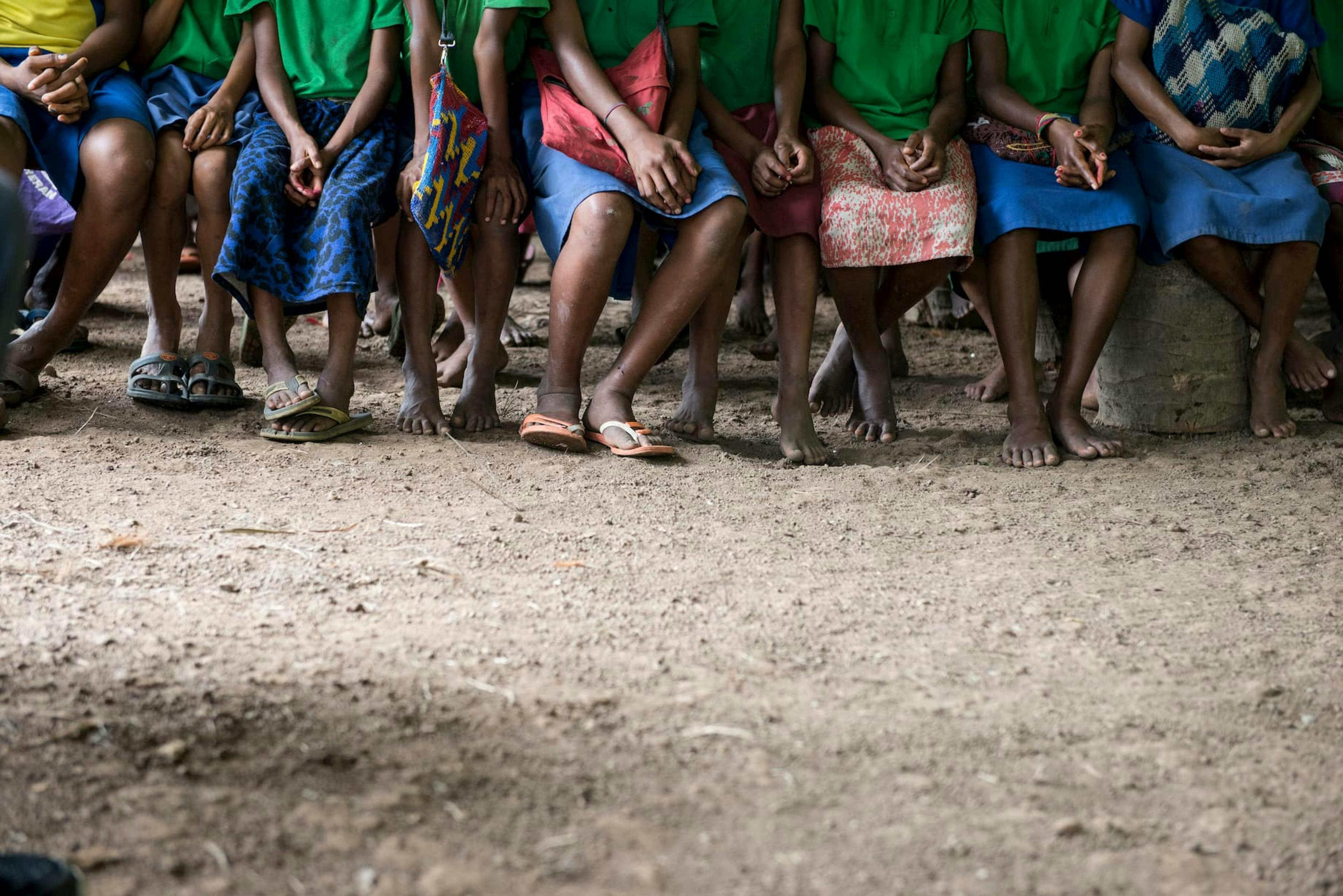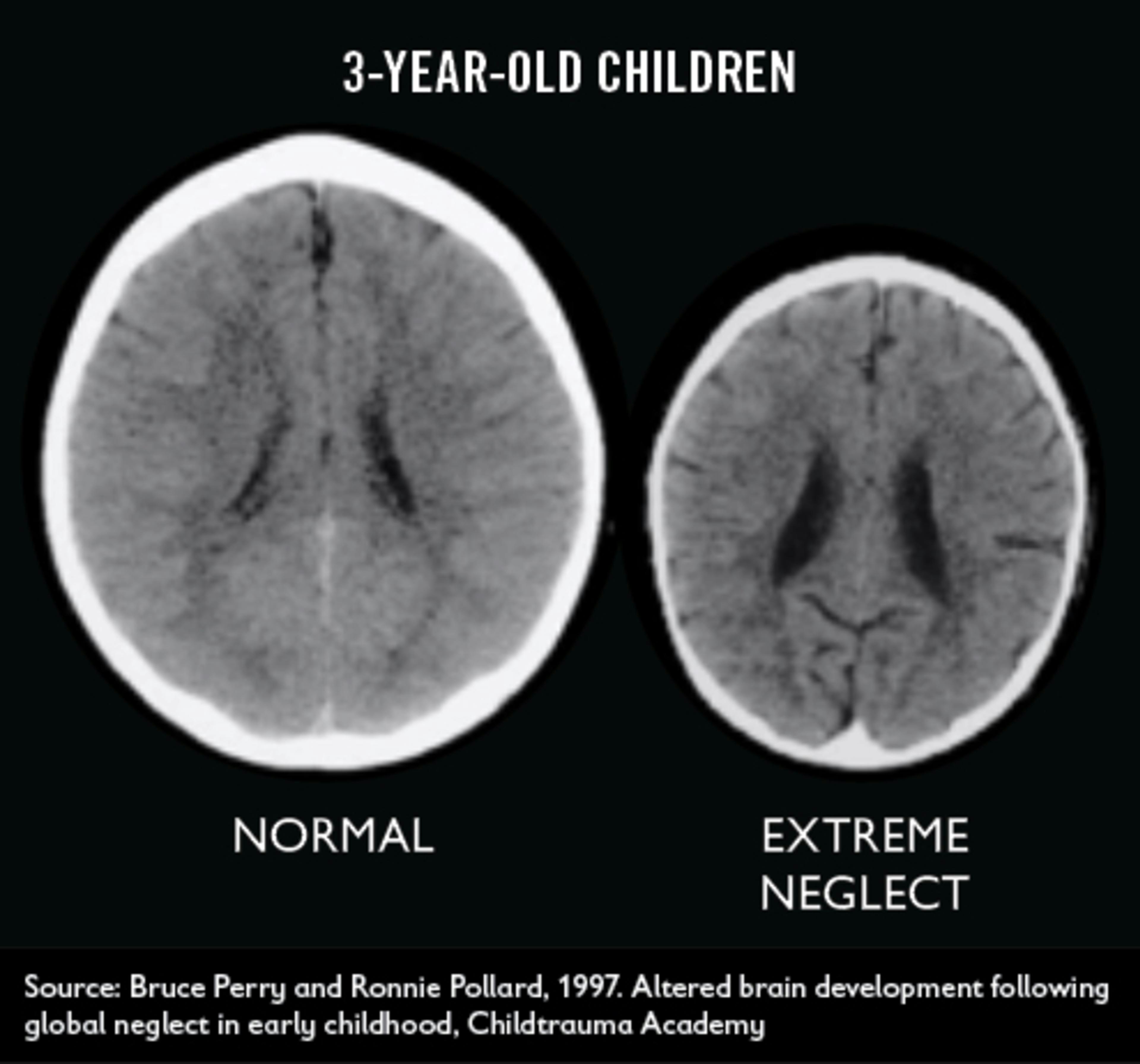
UN0702134
New report reveals harrowing scale of child protection crisis in the Pacific
Home
Media Releases
New report reveals harrowing scale of child protection crisis in the Pacific
15 July 2023
A sobering new report details for the first time the shocking levels of physical, emotional and sexual violence, as well as neglect, faced by children living in the Pacific and Timor-Leste.

Unseen Unsafe
It’s complicated, it’s depressing, it is truly shocking: not only is New Zealand’s rate of child abuse amongst the highest in the developed world, but the violence within our families and communities is also mirrored by the experience of our Pacific neighbourhood.
There are positive signs that steps to end violence against children are scaling up in New Zealand. Recently, our government has been globally applauded for placing the wellbeing of children at the heart of its work.
However, while the New Zealand government is taking this crisis of child violence seriously at home, as clearly signalled in this year’s Wellbeing Budget, New Zealand also has an essential role to support those working in the Pacific to bring change.
Across the Pacific island nations and Timor-Leste, over four million children are experiencing high levels of physical, emotional and sexual violence, as well as neglect.
The violence is of endemic proportions. In Papua New Guinea alone, it is estimated that more than 75 per cent of the child population – that is 2.8 million children – experience violent discipline in the home.
Click here to read the full report.
The violence is occurring in the home, in schools, in religious institutions and around logging, mining and other industrial sites. Clearly, gender inequality within families and communities is a factor, and this is overlaid by an acceptance by society that physical punishment of children is normal. While often blamed on a lack of will, it also has to do with weak institutional and governance systems throughout the region, and growing inequality and poverty.
Today, children under 18 make up one quarter of the world's population. Their aspirations and achievements – and the trauma they experience in their childhood – will impact not only on their lives, but on their closest relationships, communities and society as a whole. Evidence shows that the abuse and neglect of a child will often have a lifelong impact on a child’s physical, cognitive and social development – and in many instances will result in them becoming aggressive and anti-social, continuing the cycle of violence into the next generation.

EVAC Unseen and Unsafe Infographic 1

EVAC Unseen and Unsafe 2
This ongoing violence robs children of their sense of self-worth, hinders their development and limits their ability to prosper and reach their full potential. Many children exposed to violence live in isolation, loneliness and fear, with nowhere that they feel safe and with no one to turn to for help.
Preventing violence is imperative to ensuring children’s health, development and wellbeing. Further to this, the cost of inaction is high. It is estimated the global cost of physical, psychological and sexual violence against children ranges between 3 per cent and 8 per cent of global GDP.
While the statistics are shocking, it is important to remember that violence against children is preventable. In the Pacific, as has happened in New Zealand, there is an increasing number of grassroots organisations driving initiatives to change social norms, and to offer interventions that prevent and respond to family and sexual violence.
In Vanuatu, for example, one programme explores norms and values from a faith perspective, and is contributing to a transformational shift of attitudes within families and communities, by encouraging faith leaders to proactively discuss with their congregations, the root causes of violence.
A participant in the programme, Marcelino, often gambled and was violent towards his wife, Domingas, and two daughters. “I punched my wife and children when they tried to ask for money, so they were always afraid to ask for it when they needed it,” said Marcelino. Marcelino and Domingas both underwent a tremendous change in behaviour and attitude after participating in the programme. They have shared ideas with each other on how to build a safe and healthy home, and now work to make a peaceful family.
However, initiatives such as this one, need financial support to sustain their efforts. Alarmingly, in Unseen and Unsafe: Underinvestment in Ending Violence Against Children in the Pacific and Timor-Leste, a report released (July 11, 2019) ahead of the United Nations High Level Political Forum in New York, analysis shows that no funds have been spent from the New Zealand government’s current Overseas Development Assistance (ODA) on programmes specifically designed to end violence against children, with less than 0.3 per cent spent in support of related projects – such as the counselling service described above.

EVAC Unseen and Unsafe Infographic 2
Four of New Zealand’s leading child-focussed development agencies, ChildFund, Save the Children, UNICEF and World Vision are collectively calling on the government to place the wellbeing of children at the heart of all New Zealand’s development programmes in our Pacific neighbourhood. Whilst these agencies support the New Zealand government in their efforts to turn around our own appalling child violence statistics, we urge them to also support the scaling up of efforts by communities in our Pacific neighbourhood to address this scourge on children today and for generations to come.
It was thirty years ago that states around the world recognised in an international treaty – the UN Convention on the Rights of the Child – that children have rights, equal to those of adults, and that the strength of our society is inextricably tied to the flourishing of our children. In common with our poorest Pacific neighbours, the challenge we have in New Zealand is realising rights for all children.